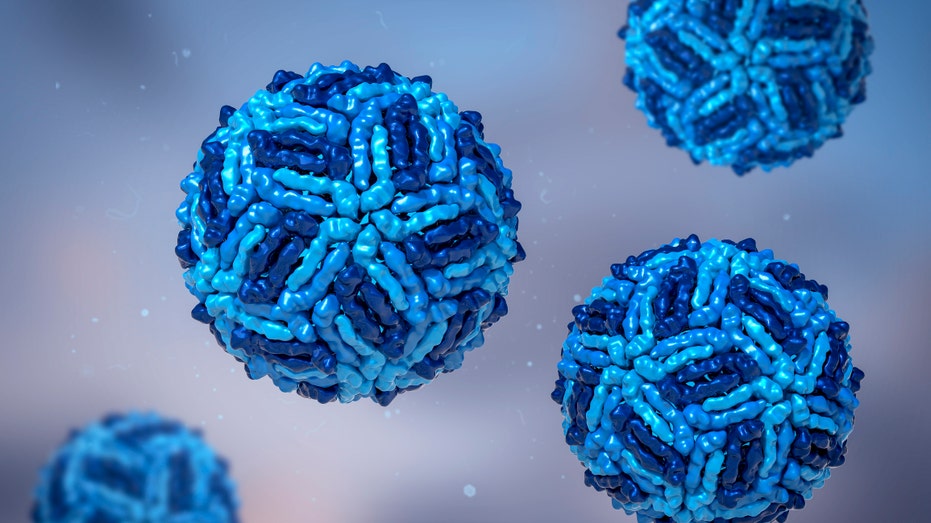Kansas health officials are closely monitoring the emergence of West Nile virus (WNV) cases as the state experiences a peak in mosquito activity. As of August 15, 2023, the Kansas Department of Health and Environment (KDHE) reported six confirmed cases this year, with five classified as serious. The cases are distributed across the state, with three in the north-central region and three in the south-central area.
Among the six reported cases, the KDHE has identified that five are neuroinvasive, indicating a more severe form of the disease. Jill Bronaugh, a spokesperson for the KDHE, explained that non-neuroinvasive cases tend to present with mild, flu-like symptoms, while neuroinvasive cases involve significant complications.
Understanding the Severity of Neuroinvasive Cases
Neuroinvasive cases are characterized by clinical evidence of central nervous system involvement. Symptoms can include high fever, brain inflammation, disorientation, paralysis, and, in severe instances, numbness or vision loss. Bronaugh emphasized that these cases require more extensive medical intervention and generally have a longer recovery period.
The current data indicates that while the number of cases is concerning, it remains below last year’s figures. In 2022, Kansas recorded a total of 64 infections, which included four fatalities. Health officials are warning that as mosquito activity peaks in late summer, the risk of more infections could rise.
Current Surveillance and Public Health Recommendations
To keep the public informed, the KDHE has established a West Nile virus dashboard, which is updated weekly throughout the surveillance season from July to September. According to the Centers for Disease Control and Prevention (CDC), WNV is primarily transmitted through bites from infected mosquitoes during the warmer months. The peak period for infections typically falls between August and early September.
The CDC further notes that approximately 2,000 people in the United States are diagnosed with WNV each year, although this figure may underrepresent the actual incidence due to mild symptoms that often go unreported. Symptoms generally surface between two to six days after exposure and can include high fever, headaches, neck stiffness, and in severe cases, coma or paralysis.
There is currently no specific treatment available for West Nile virus. Nevertheless, the CDC emphasizes that most individuals who become infected will recover and likely gain lifelong immunity against future infections.
In light of the rising cases, health officials are urging residents to adopt preventive measures. Recommendations include using insect repellent, wearing long sleeves and pants when outdoors, and eliminating standing water around homes to reduce mosquito breeding sites.
As the mosquito season continues, vigilance and proactive measures will be crucial in mitigating the risk of West Nile virus infections across Kansas and beyond.
